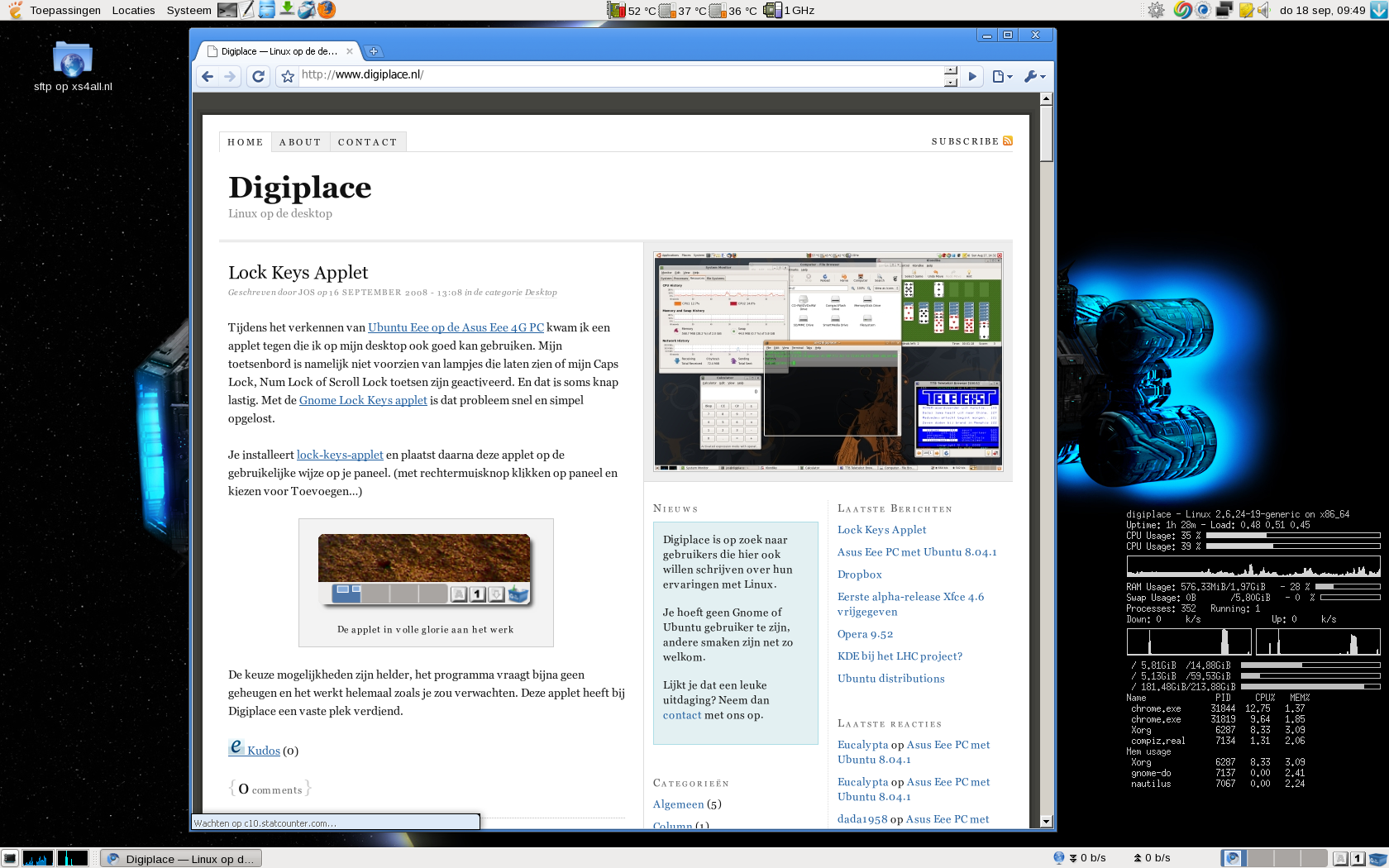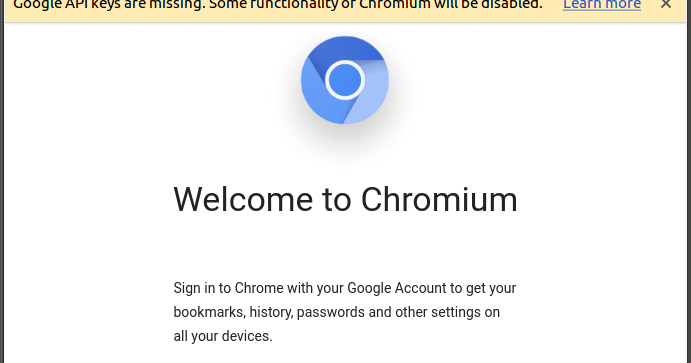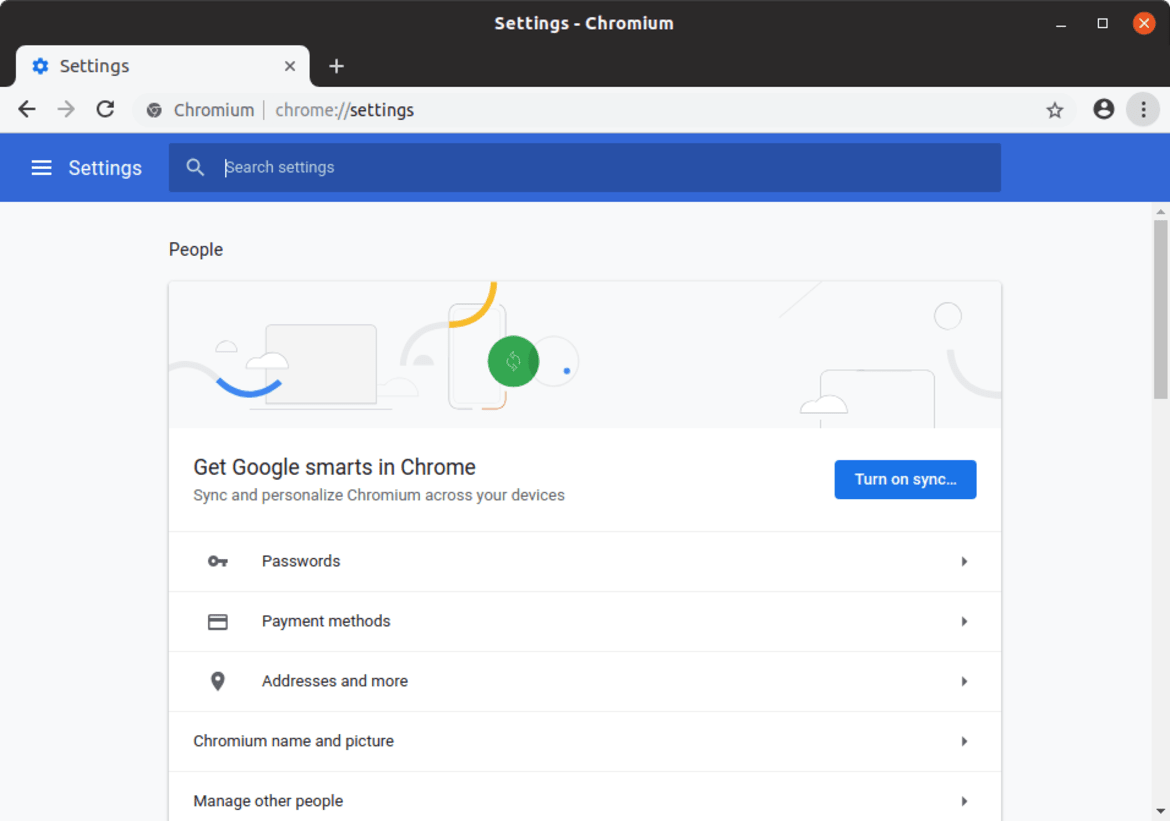
This could include important data like any files you’ve downloaded, or locally cached passwords. Since ChromeOS is an online-centric operating system, the vast majority of your data will be stored remotely, but make sure you’ve backed up everything important that’s local to your machine before you begin. Placing your device into Developer Mode will wipe all data and user information from it.
Finally, create a shortcut on your desktop that points to /usr/bin/chrome and double-click that shortcut to start Chromium. /usr/local/chrome-linux/chrome /usr/bin/chrome  Create a symbolic link to the Chromium executable. When you are prompted, enter y on your keyboard. This creates the /usr/local/chrome-linux directory and copies the Thunderbird program into it. Extract the archive to the installation directory. filename is the name of the file, for example chrome-linux.zip. directory is the name of the directory in which you downloaded the file, for example downloads. Copy the file you downloaded to the /usr/local directory.
Create a symbolic link to the Chromium executable. When you are prompted, enter y on your keyboard. This creates the /usr/local/chrome-linux directory and copies the Thunderbird program into it. Extract the archive to the installation directory. filename is the name of the file, for example chrome-linux.zip. directory is the name of the directory in which you downloaded the file, for example downloads. Copy the file you downloaded to the /usr/local directory.  Open a terminal window and enter superuser mode. Click the file chrome-linux.zip to download the software. Press the Back button on your browser to return to the Chromium build index, and click on the latest build number.
Open a terminal window and enter superuser mode. Click the file chrome-linux.zip to download the software. Press the Back button on your browser to return to the Chromium build index, and click on the latest build number. 
This is the number of the latest Chromium build.
 Note the number that appears in your browser window. Scroll down to the bottom of the index and click on Latest. For example, use YaST in OpenSUSE or yum in Fedora.īut, if your distribution's package manager doesn't include Chromium, you can visit the index page where developers post the latest hourly builds, or code updates of Chromium for download. You might be able to install Chromium on any Linux distribution using that distribution's package manager. Ubuntu is not the only Linux distribution out there. Installing Chromium in Other Linux Distributions
Note the number that appears in your browser window. Scroll down to the bottom of the index and click on Latest. For example, use YaST in OpenSUSE or yum in Fedora.īut, if your distribution's package manager doesn't include Chromium, you can visit the index page where developers post the latest hourly builds, or code updates of Chromium for download. You might be able to install Chromium on any Linux distribution using that distribution's package manager. Ubuntu is not the only Linux distribution out there. Installing Chromium in Other Linux Distributions








 0 kommentar(er)
0 kommentar(er)
